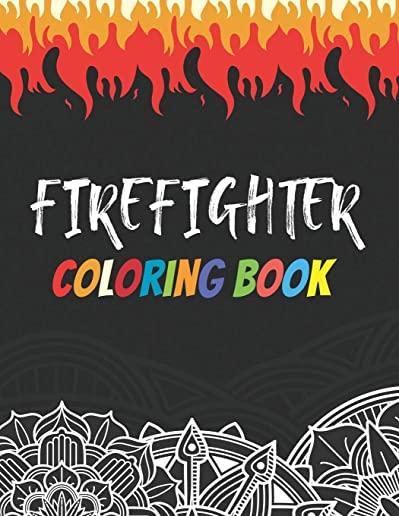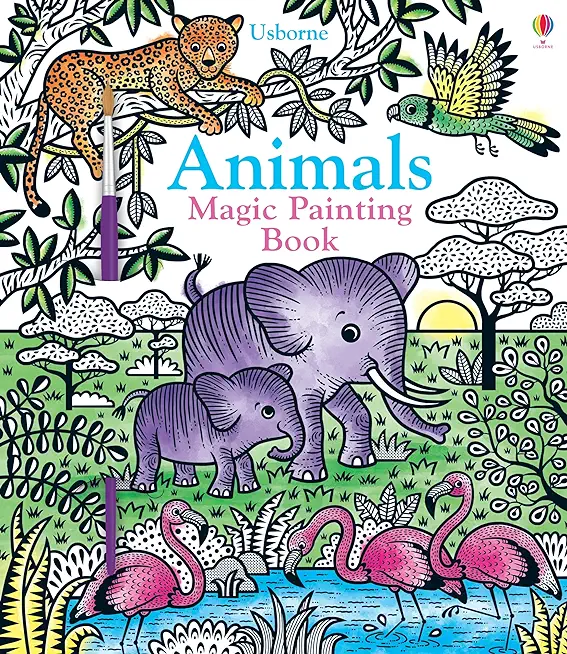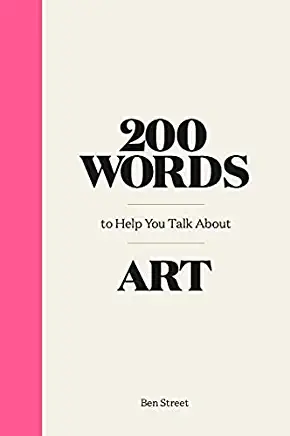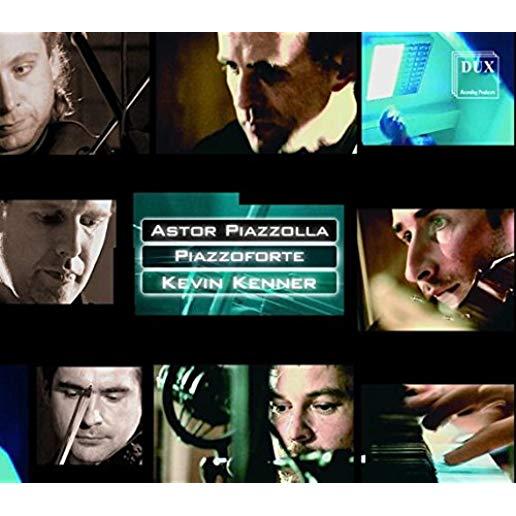
Powell, William F.
- A lay-flat spiral binding
- Easily wipeable glossy cardstock pages
- A removable plastic color-mixing grid
Follow these four simple steps to mix more than 500 color combinations:
- Look in the Color Guidance Index for the subject you want to paint--for example, "Lilac, purplish."
- Find the Color Recipe with the subject's recipe number ("268") and a photo of the actual paint mixture.
- Use the Color Mixing Grid to measure each paint color.
- Mix the color. It's that easy!
Learn how to create the colors of these and more subjects in oil and acrylic paint:
- Numerous varieties of flowers
- Mountains, including their bases, shadows, highlights, and hazes
- Sands, clays, and gravels
- Sea, ocean, surf, foam, and fog
- Skies and clouds at various times of day and night
- Trees, including foliage and trunk colors for numerous broadleaf and coniferous varieties
- Many species of wildlife, animals, and birds
This useful book also discusses how color is influenced by the time of day, the angle of the sun, and changing seasons, making it a must-have in every oil and acrylic artist's reference library.
Walter Foster's best-selling Color Mixing Recipes series also includes Color Mixing Recipes for Portraits, 1,500 Color Mixing Recipes for Oil, Acrylic & Watercolor, and Color Mixing Recipes for Oil & Acrylic. These books contain hundreds of precise color mixing combinations for realistic results, as well as acetate grids for measuring paint units.
member goods
listens & views

ULTIMATE CHANT: MUSIC OF ETHEREAL ...
by ULTIMATE CHANT: MUSIC OF ETHEREAL BEAUTY / VARIOUS
COMPACT DISC$18.49






